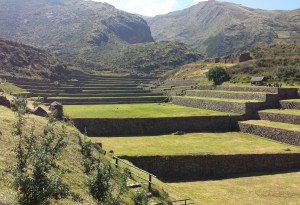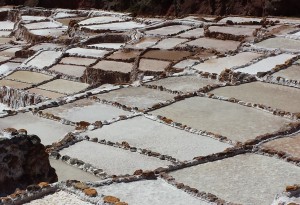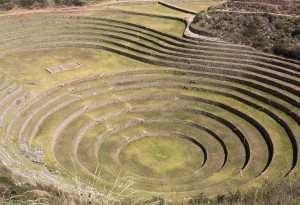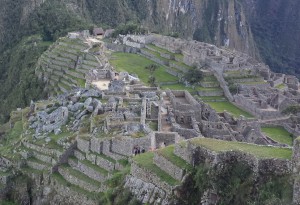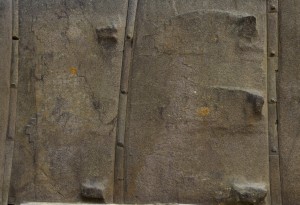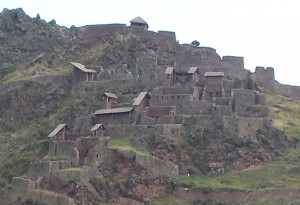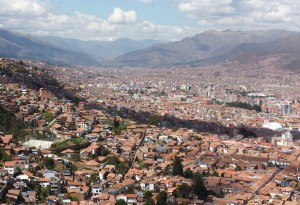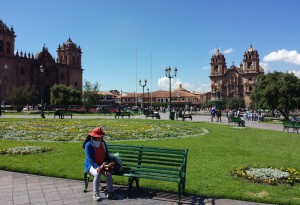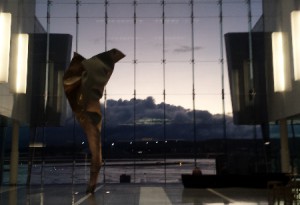Location Andahuaylillas is a town about 45km South of Cusco, on the Cusco-Puna road What is here The church in Andahuaylillas is dedicated to San Perdo Apostole (Saint Peter the Apostle) is the main attraction of the town. The church in Andahuaylillas is a prime example of “Adean Baroque”, and is nicknamed “the Sistine Chapel …
Tag: featured
May 30
Tipon terraces
Location Tipon is a a set of terraces locates about 30km South-west of Cusco, along the Cusco-Puna road. What is here This complex is an Inca site. What is important about this site, is that part form stunning terraces, there is also a largely intact and working Inca irrigation system that captures the water the …
May 29
Maras Salt Ponds
Location Maras salt ponds or mines are located 40 kilometers north of Cusco, in Peru. What is it Since pre-Inca times, salt has been obtained in the Maras area by evaporating salty water from a local subterranean stream. The highly salty water emerges at a spring, a natural outlet of the underground stream. The flow …
May 29
Moray terraces
This site is located near the town or Maras, and it is a “must see” as far as Inca archeological sites go. Here there are a number of large circular terraces, deepest of which is approximately 30 meters or so. The purpose of these depressions is uncertain, but their depth, design, and orientation with respect …
May 26
Machupicchu
Today we had a very early start – Managed to be in first 3 bus-loads of visitors to depart Aguas Callientes (also known as Machupicchu Pueblo) for the Machupicchu site. Machupicchu complex is believed to have been built during the reign of the Inca emperor Pachacuti (1438–1472). It was abandoned before the spanish conquest in …
May 25
Ollantaytambo
The village of Ollantaytambo is where the roads end and where we boarded a train to reach Aguas Callientes (also known as Machupicchu Pueblo) , the township at the foot of the of ridge where the ancient city is located. The whole area of Ollantaytambo village and fortress is a mid 15th century construction when …
May 24
Pisac
We travelled to the Sacred Valley and the village of Pisac. Located some 45 minutes drive to the north and east of Cusco. The village itself is a good experience, with a local food market and an artisan market in full swing. So much colours and and Music. Very tasty foods. High above the village …
May 23
Qorikancha and Saksaywaman
Today we explored the Qorikancha and Saqsayhuaman. Qorikancha was the main temple complex in the Cusco city. It was dedicated mostly to the sun god Inti. Pizarro and his men stripped the temple of its gold plating, and then as part of asseting thier rule, they destroyed the temples, burnt the scared mummies of the …
May 21
Cusco – first day
First day in Cusco was spent acclimating to the altitude – 3400 m or 11,200 feet is not a joke. Today we wondered around, had a a lunch in the main plaza of the old city and then went back to the hotel to sleep off the 41 hour transit. Old city of Cusco is …
May 20


